The Gahars and their puppets, the Seven Acolytes have been defeated in Morbid The Seven Acolytes, now we must return in Morbid The Lords of Ire.
If there’s no rest for the wicked, so too, then, is there no rest for the good? You’ve only just saved the world from the Gahar but before you can even put your feet up for a well-deserved rest, those pesky deities have returned and possessed a new group of monsters. So you have no choice but to grab your sword and head back out into the world. You have gods to kill. . . again.
Morbid The Lords of Ire is the direct sequel to Morbid: The Seven Acolytes. The first game in the series was an isometric 2D Souls-like that featured Lovecraftian overtones and a gore-filled world. Lords of Ire throws you back into that world and like its predecessor, is a Souls-like brimming with eldritch horror and gore galore. What has changed though, is how you get to experience the nightmares. Lords of Ire ditches the 2D isometric visuals for a fully-fledged jump into 3D bringing along with it that wonderful Souls-like design we all can’t seem to get enough of.
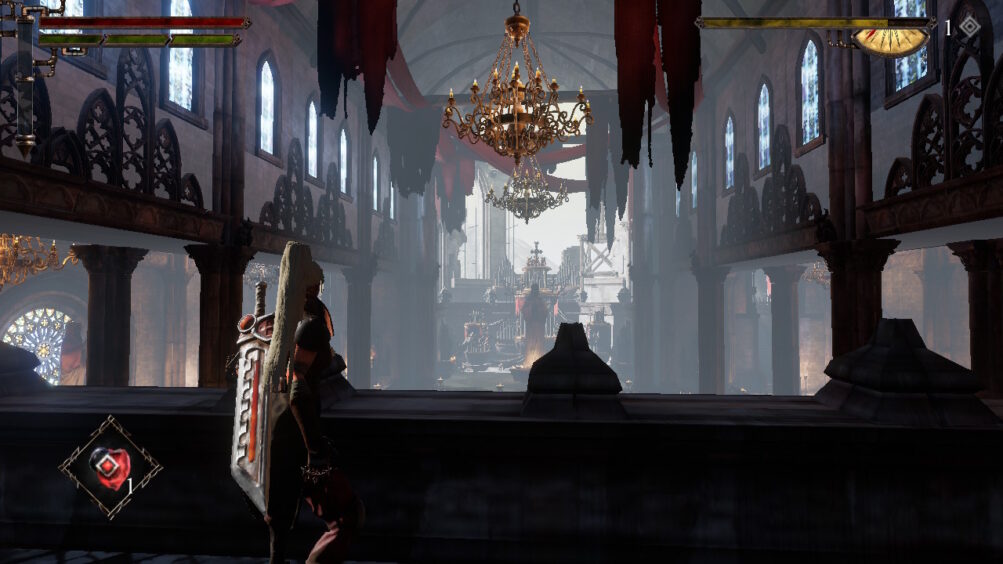
The basics of all Souls-likes are here: Light and heavy attacks, dodging, blocking, parrying and the stamina to govern it all. But like the best Souls-likes, Lords of Ire puts some of its own spin on the mechanics.
Morbid The Lords of Ire uses a stagger bar for enemies. While not new to the genre, Morbid The Lords of Ire ties its light and heavy attacks to these bars. One attack deals damage straight to health and a little to the stagger bar, while the other is the opposite. When an enemy is staggered, you have a brief period in which to deal massive damage to the opponent.
Blocking, attacking, dodging and parrying all suck up stamina as usual though sprinting doesn’t. Morbid The Lords of Ire is designed primarily with the use of parrying and riposting in mind. Block an attack at the right time and you parry, opening the enemy for a follow-up attack while also restoring some valuable stamina. But if you block and then attack just as the enemy is about to hit, you’ll riposte the attack, staggering the enemy instantly and automatically performing a critical hit.
Morbid The Lords of Ire is designed with this technique in mind as, after the first level, you’ll find that normally attacking enemies deal insignificant damage. You’re either going to parry or riposte, both of which are the most effective methods of fighting.
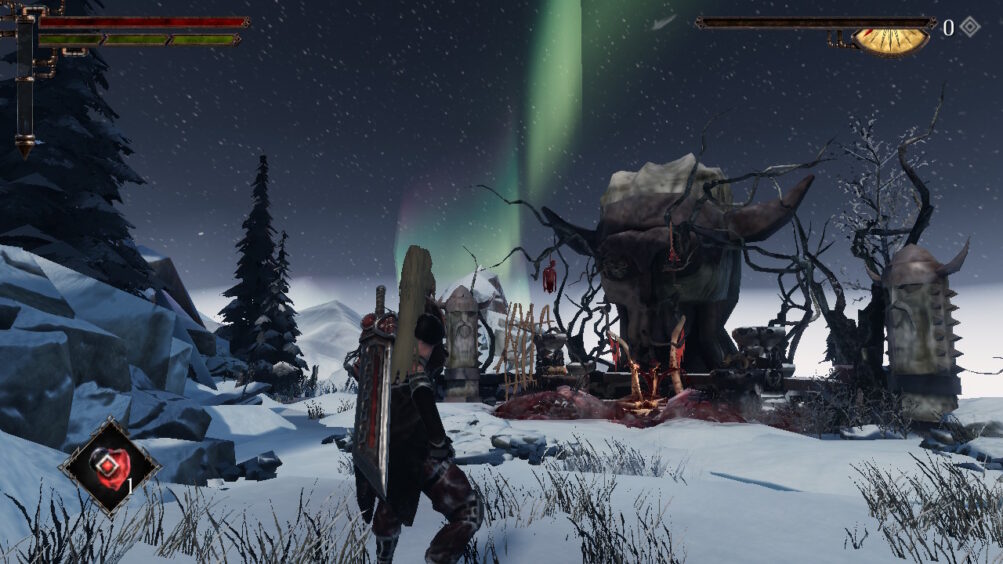
Each enemy has their own move sets and tells so learning to recognise the timing is key to counter-attacking. The best part is that bosses are also vulnerable to these moves, though their timing can be trickier. Now usually I’m not especially thrilled about parrying-based combat, mostly because I suck at it, but Lords of Ire’s system is probably the friendliest and easiest to get to grips with one that I’ve played with. It doesn’t hurt either that Morbid The Lords of Ire is rather generous with its timing windows, making this one of the easiest and most accessible Souls-like games I’ve played.
Overall combat is solid, responsive and fun. However, one mechanic that I’m not as fond of is the areas in which the developers pull a Devil May Cry on you and lock you in a small arena with magical barriers to defeat a handful of enemies without dying. You may only have to do it once to clear it from the level completely, but it feels out of place in this genre.
Lords of Ire does away with the usual soul-sucking mechanics as well, instead replacing the typical levelling systems with an XP-based meter. Collect enough XP and you gain a skill point which can be used to upgrade the three skill slots you have. Discoverable cards can be plopped into these slots in any order, ranging from extra health to more healing, etc. Thankfully, when you die there’s nothing to run back to, to pick up again.
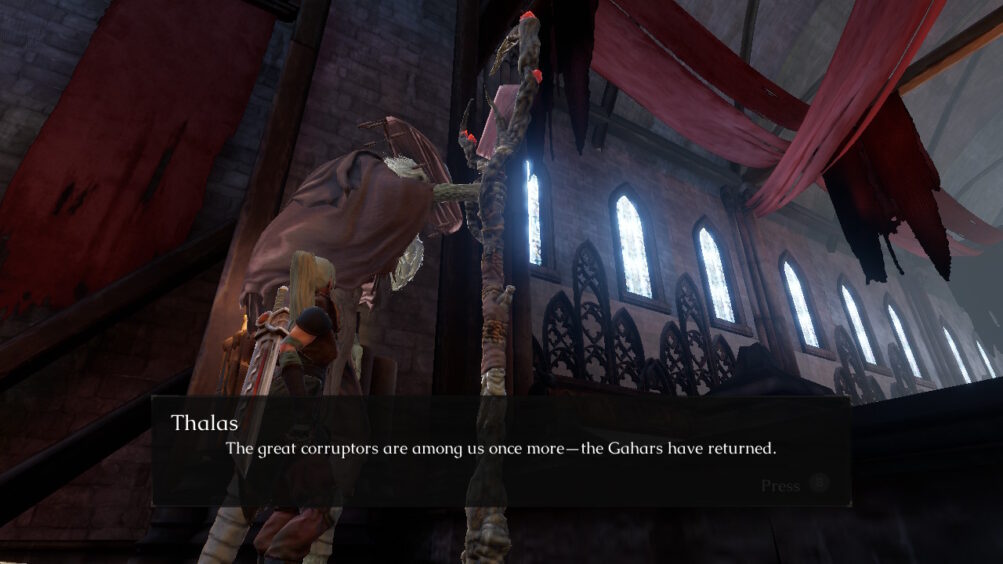
What does happen is that each successive kill adds to the XP bar multiplier. Die and your XP multiplier drops to one, but stay alive and it climbs, making clocking up skill points faster. And you need those skill points as each upgrade costs successively more.
Weapon upgrades are also uniquely handled. You need to collect Runes to plop into each weapon’s rune slots. Each weapon has a different amount of slots and the Runes themselves all come with a positive and negative trait. So you may have +18 to Strength but -11 to Speed, for instance, making playing around with Rune combinations to get the best stats for your weapon a must.
Once you’ve kitted out your weapon, you can have it upgraded back at your home base. Each weapon can be upgraded three times with the stats of the Runes you’ve placed sucked into the weapon, leaving you open to do this two more times.
The rest of Morbid The Lords of Ire is far more traditional though. You have a home base to return to that gets populated with characters you meet out in the wilds, each with their own way of helping you power up. And the levels are of the traditionally large variety with shortcuts to earlier sections opening up as you progress, replete with resting points to respawn health and enemies and use your skill points. It’s a tried and true design and Lords of Ire gets the balance between exploration and combat nearly right.

During loading screens, which can be a little on the long side sadly, you can read up on the game’s lore if you haven’t jumped into the inventory to check up on item descriptions or the game’s bestiary.
Visually Lords of Ire is a bit of a mixed bag on Switch. Some areas, like your home base, look stunning while others fluctuate. Morbid The Lords of Ire does manage to create a fantastic sense of scale with towering castles and statues in the background, but it does come at the expense of asset quality. While the enemies and your character look good most of the time, there are plenty of low-resolution assets and models on display in the environment. There also seems to be Dynamic Resolution Scaling going on as the resolution can take a hit when there are too many enemies onscreen or the environment is more complex.
The biggest visual issue for me though, is the pop-in. There’s a significant amount of it, from environmental items to pieces of the environment itself. Turn around quickly enough and you can see walls pop in for instance. I wouldn’t say it’s game-breaking, but it certainly dampens the illusion and atmosphere that Morbid The Lords of Ire is going for.
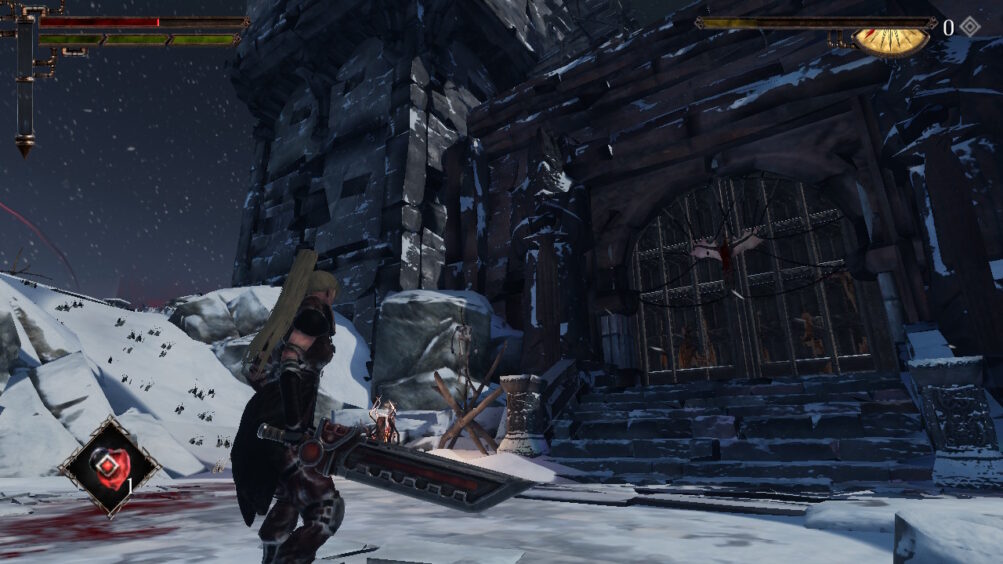
And Lords of Ire has a pretty bleak and gory atmosphere. Carcasses, bones and blood splatter the scenery and gallons of the red stuff and intestines go flying when you eviscerate an enemy.
Morbid The Lords of Ire is one of the easiest Souls-like games I’ve played. That may put some off but then you’d be missing out on a great little Souls-like gem. Morbid The Lords of Ire’s easier setting and generous timing windows are a wonderful change in a genre known for brutality, giving you a title that won’t take you months of grinding to finish.
The story and lore are great and the combat is the kind of fun that provides just enough of a challenge to keep you engaged without frustration. While the visuals and pop-in performance could do with some work, developers Still Running have made a title that you should really check out.
Morbid The Lords of Ire Trailer
Read more of our reviews here https://invisioncommunity.co.uk/category/review/

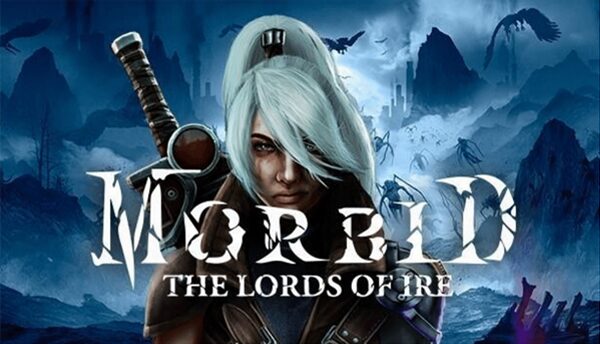






You must be logged in to post a comment.